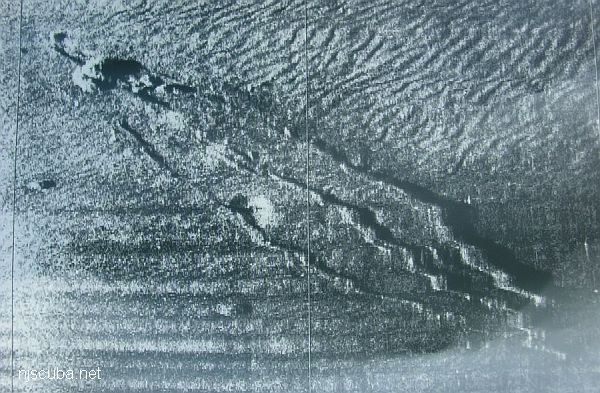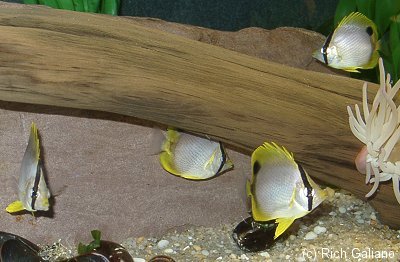Spring Lake Sailor

- Type:
- shipwreck, schooner barge
- Depth:
- 75 ft
A large sailing ship, just north of the Sea Girt Reef in 73 feet. Very low-lying. Wreckage consists of three sets of wood walls with some decking. Deep holes for lobsters. Very hard to find and hook. A nice spot for six lobster divers or a small cadre of artifact hunters. Probably over 100 years old. Some brass odds and ends over the years have been found, with some bottles and china, but I suspect she was largely stripped and sank.
-- Capt Steve Nagiewicz


Questions or Inquiries?
Just want to say Hello? Sign the .